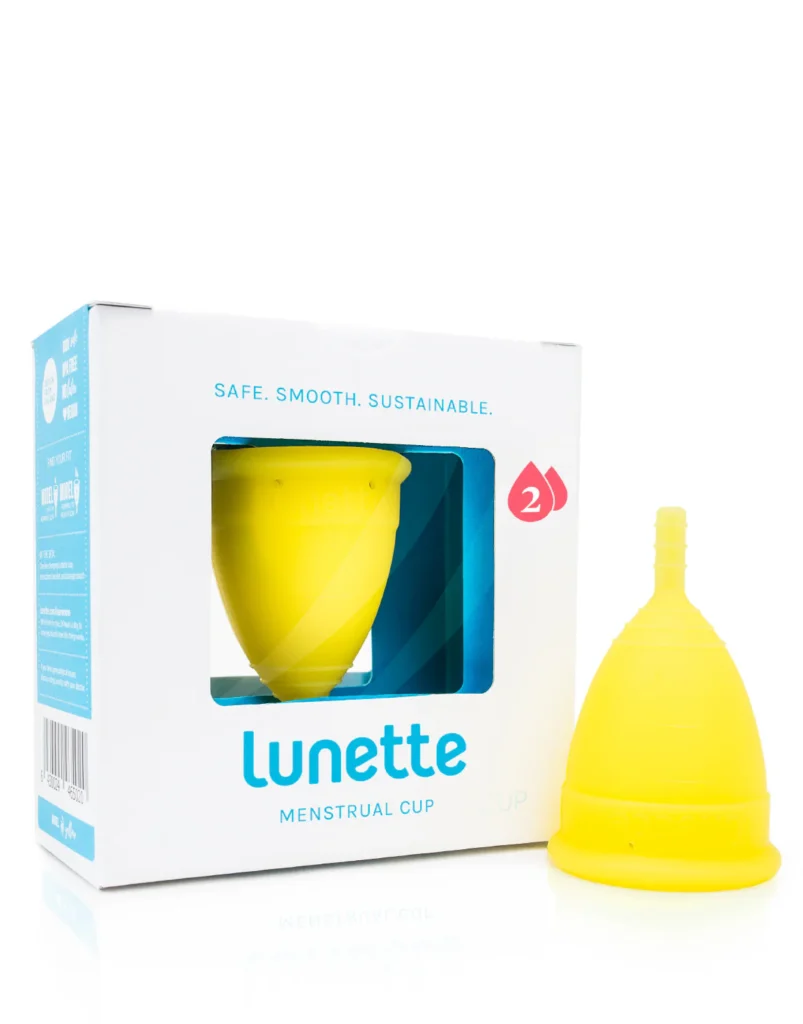In recent years, menstrual cups have emerged as a popular alternative to traditional menstrual products such as pads and tampons. Known for their environmental benefits, cost-effectiveness, and convenience, menstrual cups offer a range of advantages for women seeking a reliable and sustainable menstrual management solution.
Menstrual cup is a flexible, bell-shaped device made from medical-grade silicone, rubber, or elastomer. It is designed to be inserted into the vagina to collect menstrual blood during a period. Unlike tampons or pads, which absorb menstrual fluid, menstrual cups collect it, providing a different approach to menstrual management.
Eco-Friendly
Menstrual cups are a sustainable choice for menstrual management. They are reusable and can last for several years with proper care, significantly reducing the amount of menstrual product waste compared to single-use pads and tampons.
Cost-Effective
Although the initial cost of a menstrual cup may be higher than disposable products, it is a cost-effective choice in the long run. A single cup can last for several years, eliminating the need for regular purchases of pads or tampons.
Convenient and Long-Lasting
Menstrual cups can hold more menstrual fluid than tampons or pads, allowing for longer wear between changes typically up to 12 hours. This makes them a convenient option for busy lifestyles and overnight use.
Reduced Risk of Toxic Shock Syndrome
Menstrual cups are associated with a lower risk of Toxic Shock Syndrome (TSS) compared to tampons. This is because menstrual cups do not absorb menstrual blood, reducing the risk of bacterial growth.
Comfort and Discreetness
When properly inserted, menstrual cups are comfortable and discreet, as they do not cause noticeable bulges or discomfort. They are also less likely to leak when used correctly, providing reliable protection.
How to Use a Menstrual Cup
Choosing the Right Size
Menstrual cups come in various sizes and firmness levels. Factors such as age, menstrual flow, and whether you have given birth can influence the best size for you. It’s helpful to refer to the manufacturer’s size guide or consult with a healthcare provider for personalized recommendations.
Inserting the Cup
To insert a menstrual cup:
Wash your hands thoroughly, Fold the cup using one of the recommended folds (e.g., C-fold or punch-down fold). Relax your vaginal muscles and gently insert the cup into your vagina, aiming it towards your tailbone. Once inside, release the fold and allow the cup to open and create a seal against the vaginal walls.
Removing the Cup
To remove the cup:
Wash your hands thoroughly. Sit or squat comfortably and gently pinch the base of the cup to release the suction. Pull the cup out slowly and carefully. Empty the contents into the toilet and rinse the cup with water before reinserting it.
Cleaning and Storing the Cup
After each menstrual cycle, thoroughly clean the cup with mild soap and water. Sterilize it by boiling it in water for a few minutes. Store the cup in a breathable pouch or container to keep it clean until the next use.
Top Menstrual Cups Available in the Market
DivaCup

One of the most well-known brands, DivaCup is made from medical-grade silicone and offers a variety of sizes to accommodate different needs.
Lunette Cup

Lunette Cup is known for its soft, flexible silicone and easy-to-use design. It is available in different sizes to fit various body types and menstrual flows.
Moon Cup

Moon Cup is made from soft, medical-grade silicone and is known for its comfort and leak-proof design. It is available in two sizes to suit different needs.
Sckoon Cup

SckoonCup is made from 100% medical-grade silicone and is designed for comfort and ease of use. It comes in multiple sizes and is known for its soft, flexible material.


